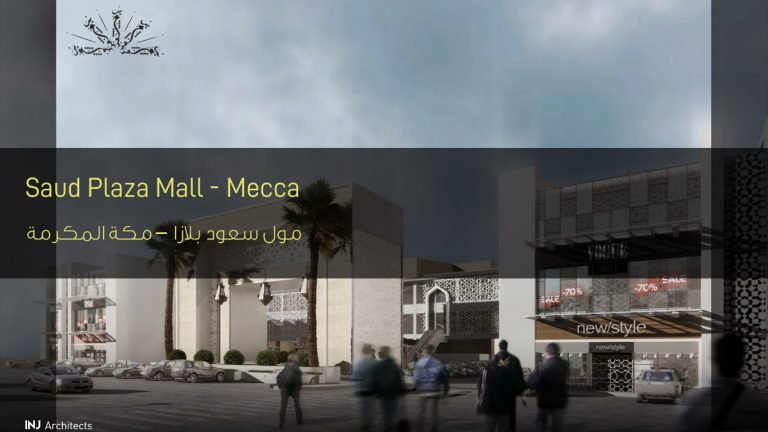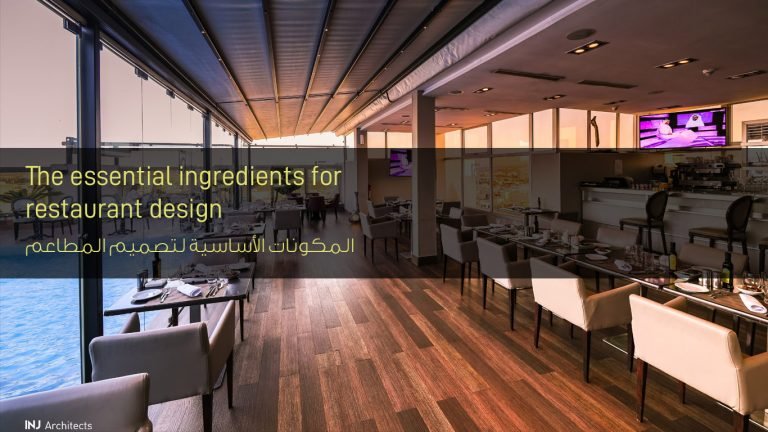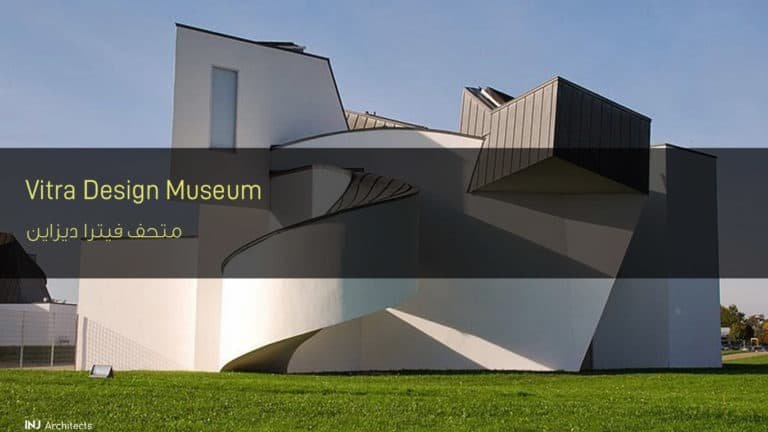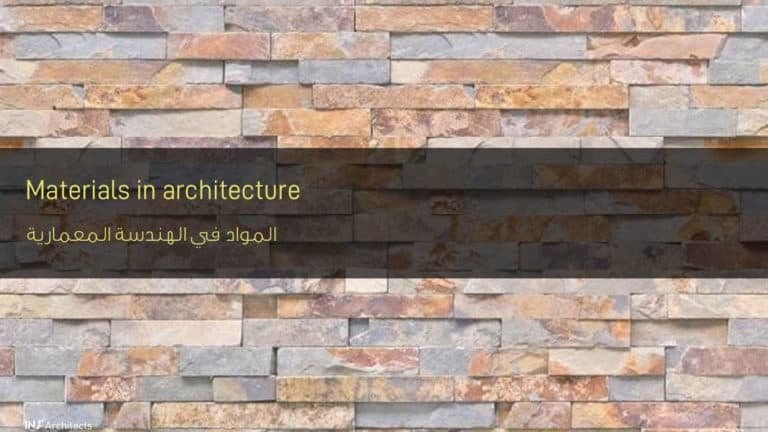Development projects in Colombia
Development projects in Colombia
The positive aspect of the development of Comuna 13
Development projects in Colombia – development projects and infrastructure, representing the necessary organizational structure for operating projects and achieving the public services and facilities necessary and necessary for the growth of the economy, and infrastructure is a bridge for progress, prosperity and community development.
There are many places in the world that would like to reach the ideal city authority, but the matter is very difficult, so we find that in Latin America there is a great field for development, especially in the field of housing and infrastructure development, architects and artists agree with the Bauhaus principle that “architects, not just artists, have a responsibility Social towards society “, as responsibility is centered around people.

Comuna City 13 and infrastructure development projects
Infrastructure problems dominate Colombia, as the poor areas control most of the city, in addition to the traffic crisis in the streets, as it is impossible for trucks to cross the streets of this city, because the streets are very narrow, sloping and rugged.
Hence, the architects came up with a great idea to overcome this crisis. In Comuna 13, six external electric elevators spanning 384 meters extend, and therefore Comuna residents do not have to climb all these slopes anymore.
Comuna is the 13th poorest city in Colombia, with a population of 140,000, and no one has ever been able to enter Comuna 13, known to be one of the most dangerous neighborhoods in Colombia, which is known as the most dangerous in the world.
Influences of infrastructure development on society in Colombia

Infrastructure development projects are based on improving the life of a person in his community without differentiating between members of the community, and that is what happened in the development of the Copona 13 region. The idea behind the infrastructure projects in that region, such as electric lifts, are ideas outside the box, working to improve the lives of people .
And elevators are not important in being elevators in themselves, but their importance lies in their effects on the community around them, as the residents of this region have a sense of belonging to it and happiness for the existence of such projects implemented by the state to improve and facilitate their daily lives, there are many small shops that are located next to these The lifts were significantly affected by this development project, so the condition of these projects became much better than before, as transportation in these areas was very difficult, in addition to the streets were sandy and unpaved and there were many houses built of wood, and the corridors were narrow and severe right Now Dar, water was gathering through these cliffs and rushing it.
The elevators also had an effect to attract tourism to this popular area in Colombia, which is famous for its popularity, especially in painting on the walls of houses. These elevators helped tourists to reach these areas.
On the other side of the city, the Medellin region was characterized by a cable car that links the poor areas of the city with it, and it has received great international attention. Medlin won in 2013 that it is the most innovative city around the world, as it seems an attractive city to photograph, due to the splendor of the scenery, But there is another aspect of these developments, which is marketing the city and attracting tourism to it.
However, there is a bad side to these developments in the field of infrastructure in Colombia, as there are many families who pave the loss of their homes because of the development, and despite that, the development in the field of infrastructure is the future, because it paves the way for many development projects in the future and also attract foreign investment and attract tourism .
Do not miss this topic on our website: Bauhaus School
To learn more about architecture, follow us on Twitter







